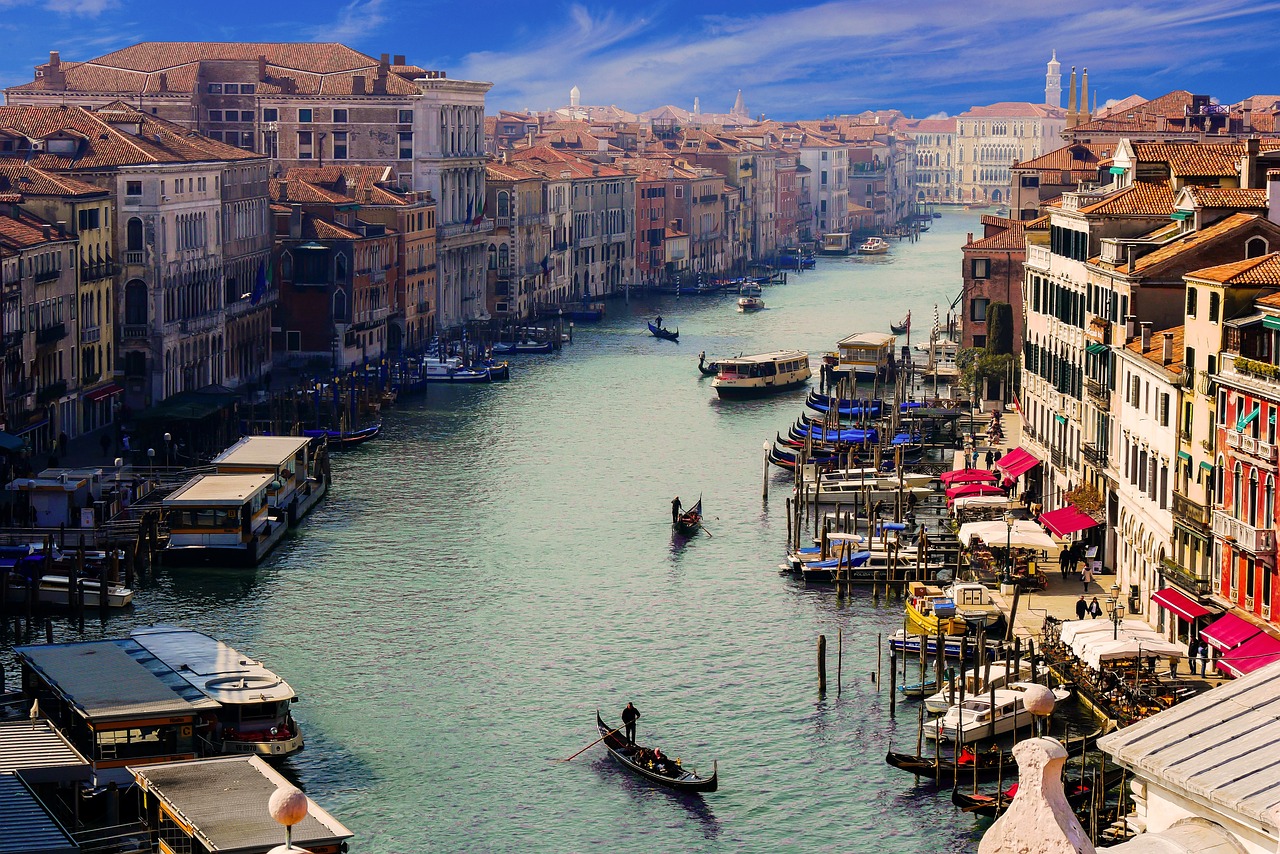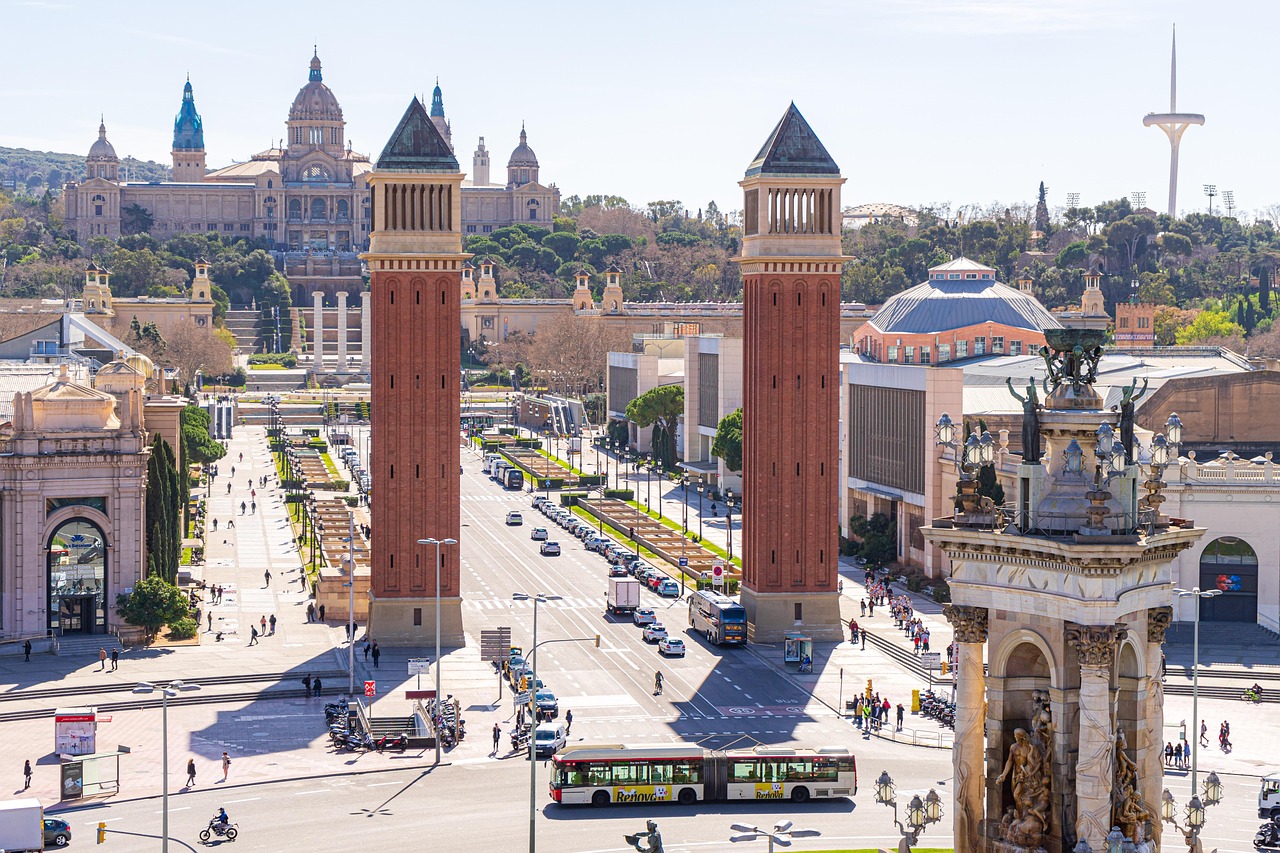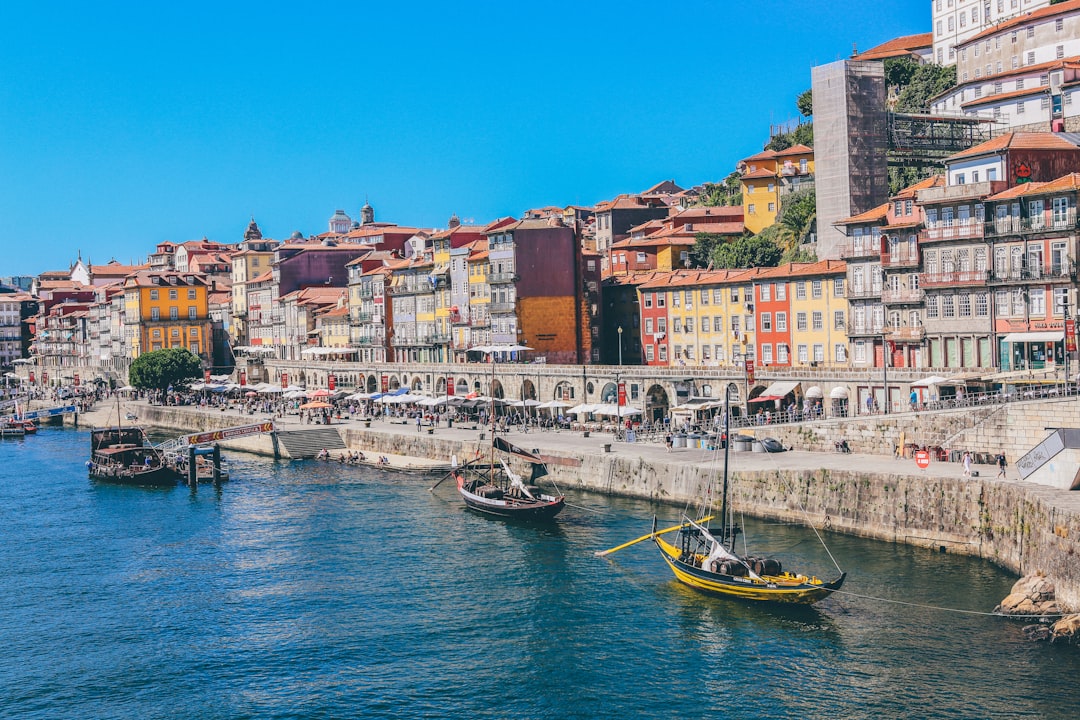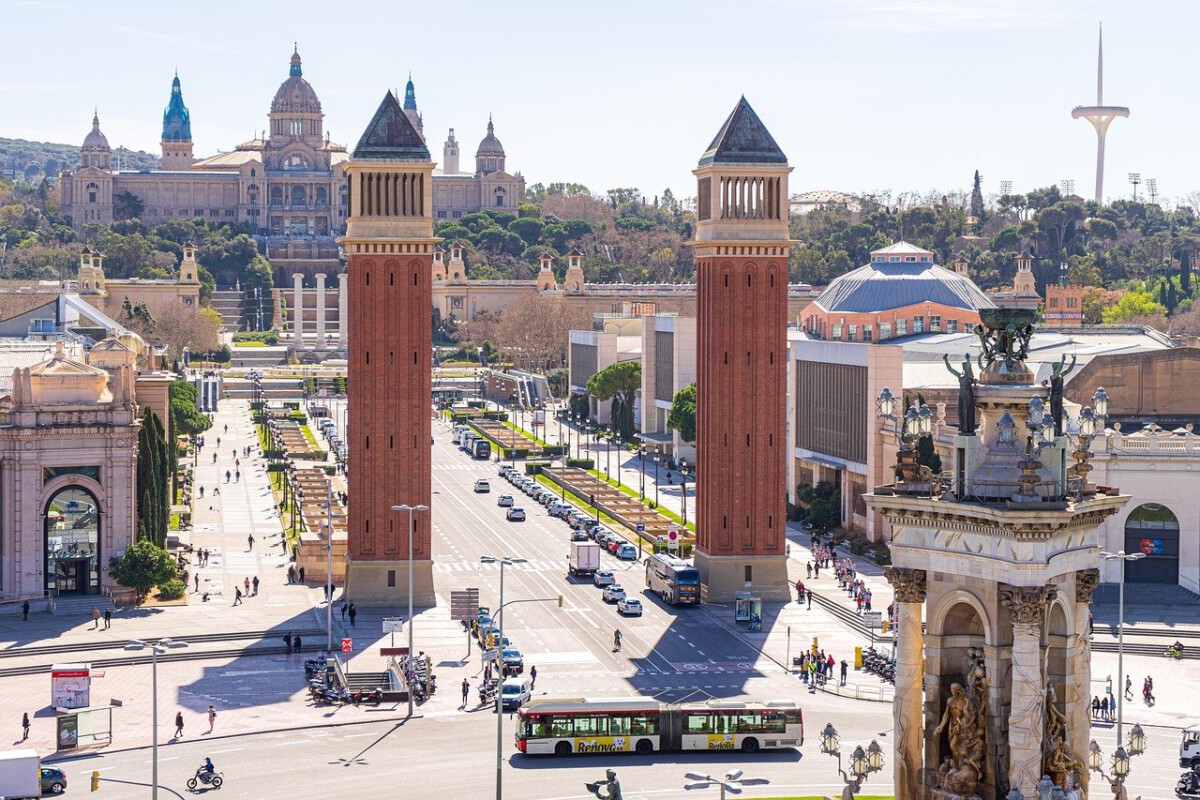Italy: A Strained Hospitality

Italy is famous for its art, food, and culture, but the country is reaching a breaking point with the number of tourists. Venice, in particular, has introduced a tourist tax in response to a 50% surge in visitor numbers over the last ten years. Locals have grown increasingly frustrated as overcrowding becomes the norm, especially during the busy summer months. Many Italians now find their daily lives disrupted by constant crowds, cramped public transport, and noise pollution. The government is considering stricter regulations, such as ticketing systems and limits on day-trippers, to protect historic cities. Public opinion in Italy is shifting, with more residents demanding action to preserve their quality of life. Environmental concerns are also growing, as popular sites suffer damage from the heavy flow of tourists. With these pressures, Italy may soon close the door to tourists in some of its most iconic locations.
Barcelona, Spain: Managing Overcrowding

Barcelona has faced enormous pressure from tourism, with 30 million visitors reported in 2022, far outnumbering the city’s residents. The local government has responded by limiting short-term rentals, raising tourist taxes, and banning new hotels in the city center. Despite these efforts, neighborhoods continue to experience rent hikes, noise, and a loss of local character. Residents have staged protests, demanding stronger measures to protect their communities from the negative effects of mass tourism. In 2025, the city council is preparing to introduce even tighter restrictions, such as caps on visitor numbers at popular sites like La Sagrada Familia and Parc Güell. Local businesses and cultural sites are also feeling the strain, with some choosing to close or relocate. These new laws are meant to ensure Barcelona remains livable for its people and authentic for future generations. Tourists may soon find limited access to parts of the city, as Barcelona takes a stand for sustainability.
Thailand: A Shift in Tourism Policy

Thailand’s beaches, temples, and street food have attracted millions, but the government is now rethinking its approach. In 2024, authorities announced plans to limit tourists in national parks to prevent further environmental harm. The country saw a record 40 million visitors in 2023, creating problems like litter, coral damage, and wildlife disruption. Officials are considering a permit system that would restrict access to popular spots like Maya Bay and the Similan Islands. Local communities are increasingly vocal, demanding that their needs take priority over tourist demands. The government aims to move away from mass tourism and focus on high-quality, sustainable travel. Some parks have already introduced daily visitor limits, and more are expected to follow. Travelers may soon discover that entry to Thailand’s most famous sites is no longer guaranteed.
Bali, Indonesia: Environmental Concerns

Bali’s tropical charm has made it a magnet for travelers, but the consequences are becoming hard to ignore. In 2023, authorities reported major increases in plastic waste, water shortages, and pollution, driven by the 25% rise in arrivals over recent years. The government is discussing the possibility of a tourist cap and introducing new taxes to fund environmental protection. Popular beaches like Kuta and Seminyak are often overcrowded, and the island’s infrastructure is struggling to keep up. Locals have voiced their concerns, saying that unchecked tourism is threatening Bali’s unique culture and natural beauty. Some traditional ceremonies and sacred sites are now closed to outsiders. Plans are also underway to limit vehicle access in sensitive areas to reduce emissions. Bali could soon enforce strict rules to preserve its environment and way of life.
Japan: Balancing Tradition and Tourism

Japan’s rich culture and history have drawn more than 30 million tourists in 2023, but the resulting pressure on sacred sites and traditional neighborhoods has alarmed many. There is growing debate about how to protect places like Kyoto’s Gion district and Mount Fuji from being overwhelmed. The government has already promoted off-peak travel and is considering restrictions on group tours in sensitive areas. Local residents worry about the loss of authenticity as souvenir shops and fast-food chains replace family businesses. Some shrines and temples have started charging higher entry fees or limiting visitor hours. There are discussions about permit systems for especially popular sites during peak times. The aim is to balance economic benefits with the need to maintain tradition. Tourists may soon find fewer open doors in Japan’s most treasured places.
New Zealand: Protecting Natural Wonders

New Zealand’s dramatic scenery attracts adventure-seekers, but the country is now facing the downside of its popularity. In 2023, four million visitors put pressure on fragile ecosystems, especially in places like Fiordland and Tongariro National Parks. The government is considering a cap on visitor numbers and a permit system for the busiest trails. Local communities have pushed for these changes, saying that conservation must come before profit. Damage to walking tracks, pollution, and rare species disturbance have become serious issues. New Zealand is also looking into higher conservation fees to fund park maintenance and restoration. The country wants to ensure that its natural treasures are preserved for future generations. Tourists might soon need to plan far in advance – or miss out on some of the country’s most famous sights.
Iceland: A Growing Concern

Iceland’s glaciers, waterfalls, and hot springs have made it one of Europe’s fastest-growing tourist destinations. In 2023, over two million visitors arrived, more than five times the national population. This explosion in tourism has led to overcrowded attractions, road damage, and strain on small communities. The government is considering a tourist cap and new entry fees for popular sites like the Blue Lagoon and Golden Circle. Locals are increasingly worried about environmental degradation and the disappearance of traditional ways of life. Some areas have already introduced timed entry and limits on group sizes. Authorities are also discussing ways to spread visitors more evenly throughout the year. Iceland may soon restrict tourist numbers to protect its unique and fragile landscape.
Greece: Preserving Heritage Sites

Greece’s ancient ruins and sun-drenched islands have always lured travelers, but the country is now at risk of being loved to death. In 2023, Greece welcomed a record 30 million visitors, causing severe wear and tear on sites like the Acropolis and Santorini. The government is exploring new limits on daily visitors to archaeological sites, along with higher entry fees during peak season. Locals worry that unchecked tourism is eroding cultural traditions and pushing out residents. Some island communities have already set quotas on cruise ships and tour groups. There is also talk of requiring advance reservations for popular sites. These protective measures aim to keep Greece’s past alive for generations to come. Tourists may soon find that access to the country’s most famous landmarks is no longer unlimited.
Portugal: A Call for Regulation

Portugal has experienced a tourism surge, with 20 million visitors recorded in 2023, putting pressure on cities like Lisbon and Porto. Rising rents, noise, and crowded public spaces have led to protests from local residents. The government is actively considering new regulations, such as restricting short-term rentals and limiting access to popular neighborhoods. Some areas are already experimenting with tourist caps and higher taxes to manage demand. Locals argue that their quality of life is suffering, with traditional shops and affordable housing disappearing. The push for sustainable tourism is gaining momentum, as both officials and citizens call for a better balance. Portugal’s future as a welcoming destination may soon depend on stricter entry rules. Tourists could soon face significant restrictions, especially in the country’s most beloved spots.
Mexico: Addressing Over-Tourism

Mexico’s beaches, cities, and cultural sites have attracted more than 40 million international visitors in 2023, but this growth is creating significant challenges. Overcrowding has become a problem in hotspots like Cancun, Tulum, and Mexico City, leading to environmental harm and rising costs for locals. The government is considering new limits on visitors to sensitive areas, as well as higher entry fees and tougher regulations on development. Local residents have expressed frustration over water shortages, traffic, and noise caused by the tourism boom. Some communities are already restricting access to natural reserves and archaeological sites. Conservationists warn that without urgent action, the country’s most precious resources could be lost. Mexico is moving towards a model that prioritizes sustainability and local well-being. Tourists may soon find themselves subject to new rules and limited access in Mexico’s most popular destinations.





